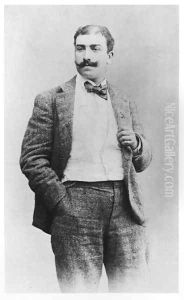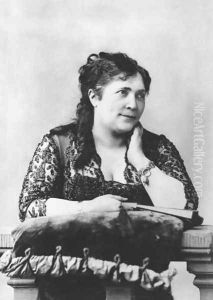Bosch Van Paintings
Hieronymus Bosch, born Jheronimus van Aken, was a Dutch painter from the Northern Renaissance, whose work is known for its fantastic imagery, detailed landscapes, and illustrations of religious concepts and narratives. Born around 1450 in 's-Hertogenbosch, in the Duchy of Brabant (now in the Netherlands), Bosch came from a family of artists and was deeply influenced by the artistic environment in which he was raised. His works are characterized by their use of vivid imagination to depict the human condition and the eternal struggle between good and evil, heaven and hell, often in a manner that blurs the lines between the real and the surreal.
Bosch's most famous work, 'The Garden of Earthly Delights,' is a triptych that has fascinated and puzzled art historians and the public alike for centuries. Its detailed and complex scenes of heaven and earthly pleasures, juxtaposed with the torments of hell, showcase Bosch's skill in using symbolism and allegory. Despite the fantastical elements in his paintings, Bosch is also noted for his keen observation of human life, imbuing his works with a sense of moralizing, a reflection of the religious and cultural beliefs of his time.
Very little is known about Bosch's life, as few records from that period have survived. He spent most of his life in 's-Hertogenbosch, where he was a member of the Brotherhood of Our Lady, a religious confraternity. This affiliation may have influenced the religious themes prevalent in his work. Bosch's paintings were highly sought after during his lifetime, not just in the Netherlands but also abroad, and his works were collected by the nobility and the elite. After his death in 1516, Bosch's legacy continued to influence the world of art, inspiring future generations of artists with his unique vision and innovative approach to painting. His work remains an important part of the Northern Renaissance and a testament to the enduring power of visual art to explore and express the complexities of the human experience.

